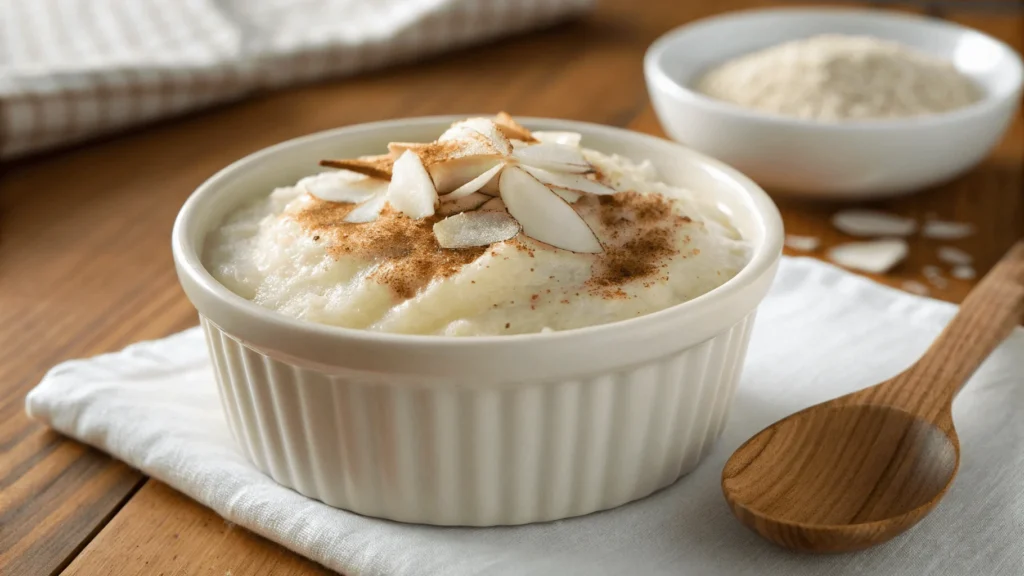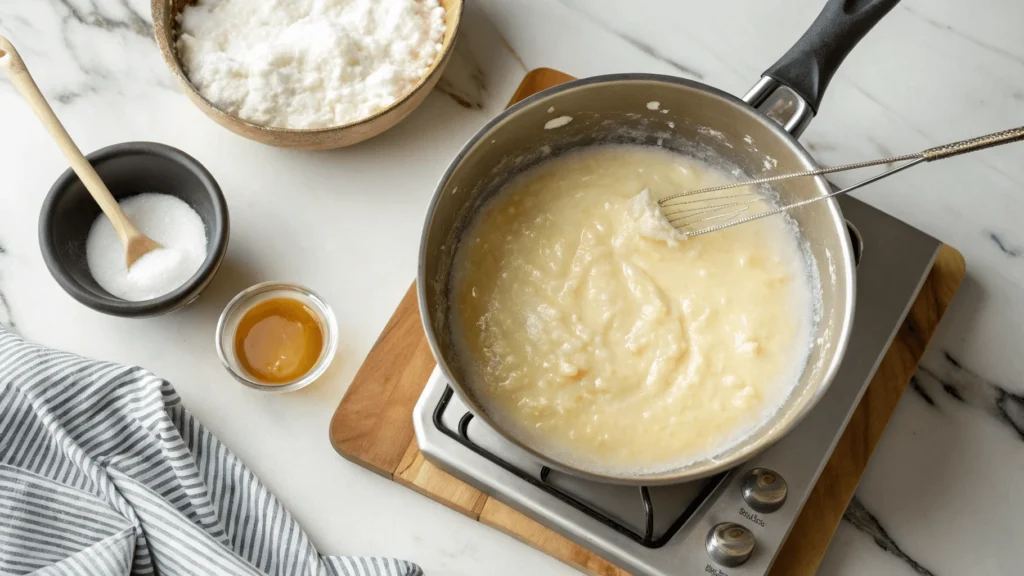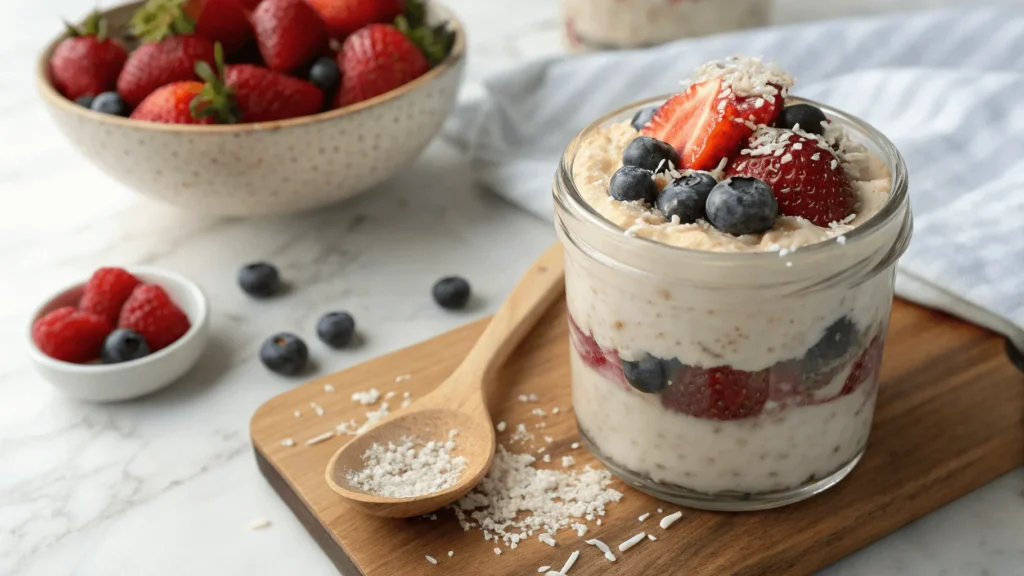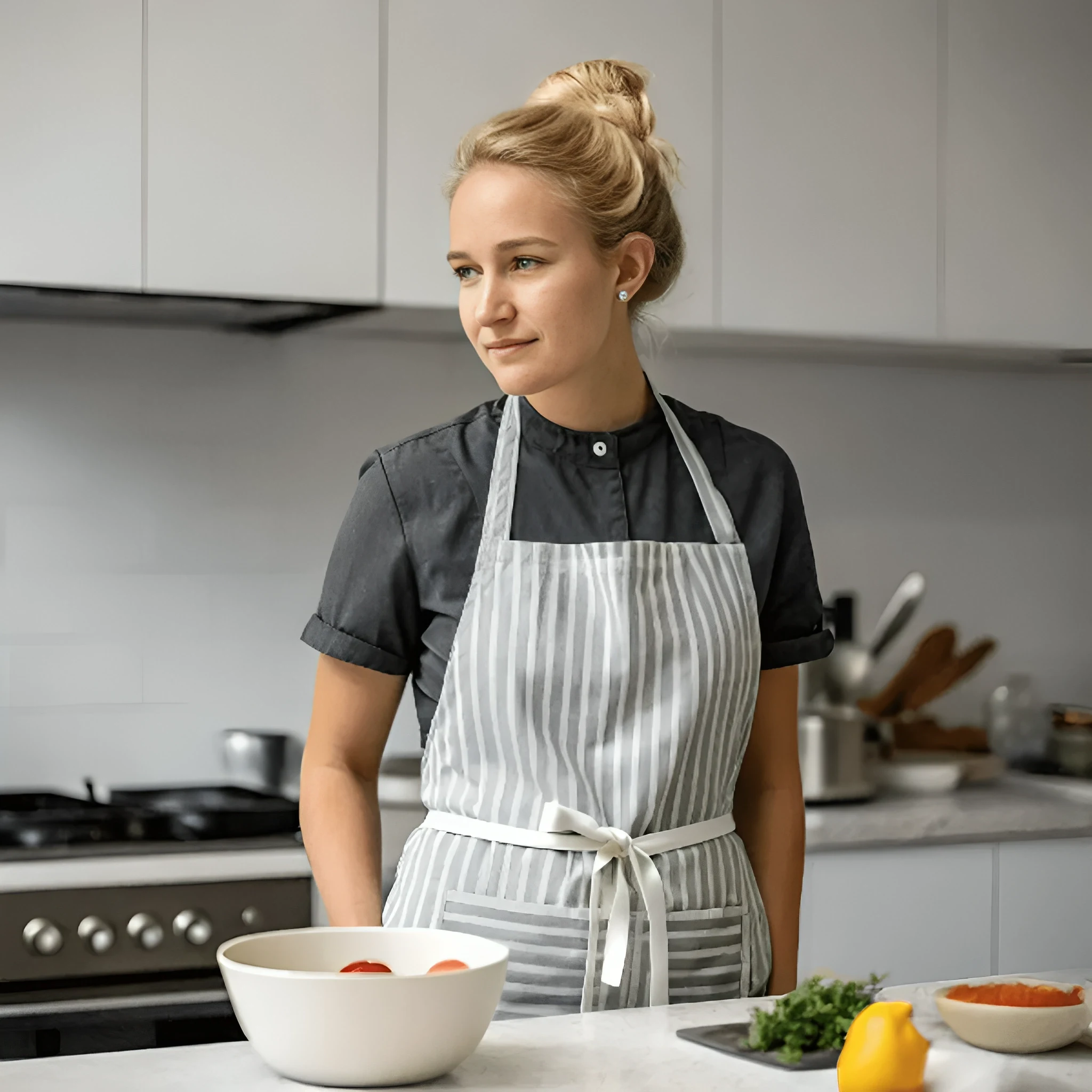Coconut pudding is a delightful treat, loved for its creamy texture and tropical flavor. However, many home cooks face the frustrating question: Why is my coconut pudding not setting? If you’ve ever found yourself staring at a bowl of runny pudding, you’re not alone! In this article, we’ll dive deep into the world of coconut pudding, exploring its ingredients, the science behind setting, common pitfalls, and troubleshooting tips. By the end, you’ll be equipped with the knowledge to create the perfect coconut pudding every time!
Understanding Coconut Pudding

What is Coconut Pudding?
Coconut pudding is a luscious dessert that combines the rich flavors of coconut milk or cream with a smooth, creamy texture. Often enjoyed in various cultures, this pudding can be served warm or chilled, making it a versatile choice for any occasion. It’s popular in tropical regions and among those who love coconut-based desserts. The beauty of coconut lies in its simplicity, allowing the natural flavors to shine through.
If you’re curious about the origins of coconut pudding and its ingredients, there’s a lot to explore to understand why it’s beloved worldwide.
Common Ingredients in Coconut Pudding
So, what goes into making this delightful treat? The basic ingredients typically include:
- Coconut milk or cream: This is the star of the show! Using coconut milk instead of regular milk can enhance the tropical flavor and give the pudding a creamy texture.
- Sugar: Sweetness is key! Sugar balances the natural flavors and adds to the overall enjoyment of the pudding.
- Thickening agents: This could be cornstarch, gelatin, or agar-agar, which help the pudding to set properly. Choosing the right thickening agent is crucial to avoid the dreaded question: Why is my coconut pudding not setting?
- Flavorings: Vanilla extract or a pinch of salt can enhance the taste, making the pudding even more delicious.
Understanding these ingredients is the first step in mastering your coconut pudding. In the next part, we’ll explore the science behind how coconut pudding sets and why it sometimes doesn’t. Stay tuned!
The Science Behind Setting
How Does Coconut Pudding Set?
To answer the question, Why is my coconut pudding not setting?, it’s essential to understand the science behind pudding consistency. Setting occurs when the mixture cools and the thickening agents work their magic. Usually, cornstarch or gelatin is used, and they help to bind the liquid together, forming a gel-like structure. When heated, these agents dissolve and create a network that traps the liquid as it cools down.
For tips on achieving the perfect consistency, consider learning how to thicken coconut milk, which can make all the difference.
The Role of Temperature in Setting
Temperature plays a crucial role in this process. If your pudding isn’t cooled properly, it may not set as desired. For instance, if you take it out of the heat too soon, the thickening agents may not have activated fully. On the flip side, if it cools too slowly, it could result in a runny texture. Ideally, after cooking, allow your pudding to cool at room temperature before transferring it to the fridge. This helps ensure that the thickening agents do their job effectively.
Understanding these factors can help you troubleshoot why your pudding isn’t setting. In the next section, we’ll look at common reasons that lead to this frustrating issue.
Common Reasons for Coconut Pudding Not Setting

Incorrect Ratios of Ingredients
One of the most common reasons for asking, Why is my coconut pudding not setting? is incorrect ingredient ratios. If you add too much coconut milk or not enough thickening agent, the pudding will be too runny. It’s crucial to follow the recipe closely, especially when measuring your ingredients.
Inadequate Cooling Time
Another factor to consider is the cooling time. If you’re in a hurry and skip the necessary chilling period, your pudding may not set properly. Generally, coconut pudding should be left to cool at room temperature for about 30 minutes before being placed in the refrigerator for at least two hours. This allows the thickening agents to work effectively.
Using the Wrong Type of Coconut Milk
Not all coconut milk is created equal! Some brands contain additives that can affect the setting process. For instance, light coconut milk may lack the fat needed for a rich texture, while some brands might have thickeners that interfere with your pudding’s ability to set. Always choose full-fat coconut milk or cream for the best results.
Insufficient Thickening Agents
Finally, if you don’t use enough thickening agent, or if it’s not activated properly, your pudding will remain runny. Make sure to dissolve cornstarch in a bit of cold liquid before adding it to the hot mixture. For gelatin, remember to bloom it in cold water first. These steps are vital for achieving the right consistency.
Now that we’ve explored common pitfalls, let’s move on to troubleshooting your coconut pudding in the next section!
Troubleshooting Your Coconut Pudding

How to Fix Runny Coconut Pudding
If you find yourself pondering, Why is my coconut pudding not setting? don’t worry—there are ways to rescue it! If your pudding is still runny after chilling, you can try reheating it gently. Start by pouring the pudding back into a saucepan and heat it on low. Stir in a bit more thickening agent like cornstarch that you’ve dissolved in cold water. This can help thicken the mixture as it warms. Just be sure to stir constantly to avoid lumps!
Another option is to use gelatin. If you have some on hand, dissolve a small amount in warm water and mix it into your pudding. Let it cool again, and hopefully, it’ll set up nicely this time!
Tips for Preventing Coconut Pudding from Not Setting
To avoid the frustration of a runny pudding in the first place, keep these tips in mind. First, always measure your ingredients accurately. A kitchen scale can be handy for this. Next, allow enough cooling time—don’t rush it! Remember, patience is key when it comes to setting.
Additionally, choose high-quality coconut milk or cream. Look for brands that contain minimal additives. This can make a significant difference in the texture of your pudding. Lastly, follow the recipe closely, especially regarding the thickening agents.
For further guidance, our recipe for coconut pudding provides detailed steps to ensure success every time.
Adjusting Recipes for Better Results
Ingredient Substitutions
Sometimes, you might not have the exact ingredients on hand. If you’re wondering, Why is my coconut pudding not setting? it could be due to substitutions. For instance, if you’re out of coconut milk, you can use almond milk or even oat milk. However, these alternatives may not yield the same creamy texture. If you’re looking for a richer pudding, consider using coconut cream instead of milk.
Adjusting Cooking Techniques
You can also tweak your cooking techniques for better results. For example, if you find that your pudding tends to separate, try whisking it more vigorously while cooking. This ensures that the thickening agents activate properly and distribute evenly throughout the mixture.
Another tip is to let it cool gradually. After cooking, let your pudding sit at room temperature for about 10-15 minutes before refrigerating. This helps prevent condensation from forming, which can lead to a watery texture.
By making these adjustments, you’ll be well on your way to perfecting your coconut pudding. In the next part, we’ll address some frequently asked questions about setting issues!
FAQs
Common Questions and Answers
When it comes to making coconut pudding, many people have similar concerns. One common question is, Why is my dessert not setting? As we’ve discussed, this can happen due to various reasons, including incorrect ingredient ratios and insufficient cooling time.
Another frequent question is about the best way to store leftover pudding. If you have some pudding left over, store it in an airtight container in the fridge. It should last for about 3-5 days. Just remember to give it a good stir before serving, as it may separate slightly.
Can I Freeze Coconut Pudding?
You might also wonder if you can freeze coconut pudding. While it is possible, the texture may change after thawing. To freeze, place the pudding in a freezer-safe container, leaving some space at the top for expansion. When you’re ready to eat it, thaw it in the fridge overnight. However, be prepared for a slightly different texture, as freezing can cause separation.
What Can I Do with Leftover Pudding?
If you find yourself with extra pudding, consider using it in other desserts! You can layer it in parfaits with fruit or use it as a filling for cakes and pastries. This way, you won’t waste any delicious pudding!
By addressing these common questions, you can feel more confident in your pudding-making journey. In the final part, we’ll wrap up with some key takeaways to ensure your coconut pudding turns out perfectly every time.
Conclusion and Final Tips
Recap of Key Points
In conclusion, if you’ve asked yourself, Why is my coconut pudding not setting? remember these essential tips. First, always measure your ingredients carefully to ensure the right consistency. Incorrect ratios can lead to a runny pudding. Second, give your pudding enough cooling time. Allow it to cool at room temperature before refrigerating for the best results. This step is crucial for the thickening agents to activate properly.
Additionally, choose high-quality coconut milk or cream, as this will significantly impact the texture and flavor of your pudding. Finally, follow your recipe closely, especially regarding thickening agents like cornstarch or gelatin.
Final Thoughts on Perfecting Coconut Pudding
Perfecting coconut pudding is all about patience and practice. Don’t be afraid to experiment with flavors or toppings, such as fresh fruit, toasted coconut, or a drizzle of chocolate. These additions can elevate your dessert and make it even more enjoyable.
Remember, every kitchen adventure is a learning experience. If your pudding doesn’t set perfectly the first time, don’t be discouraged! Use the tips provided in this article to troubleshoot and improve your technique. With practice, you’ll master the art of creating a delicious, creamy coconut pudding that will impress your family and friends. Enjoy your cooking journey, and savor the delightful results!





